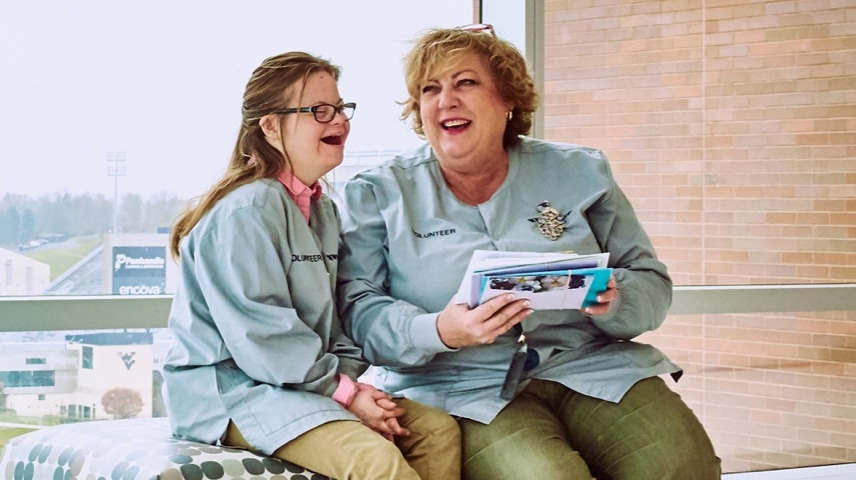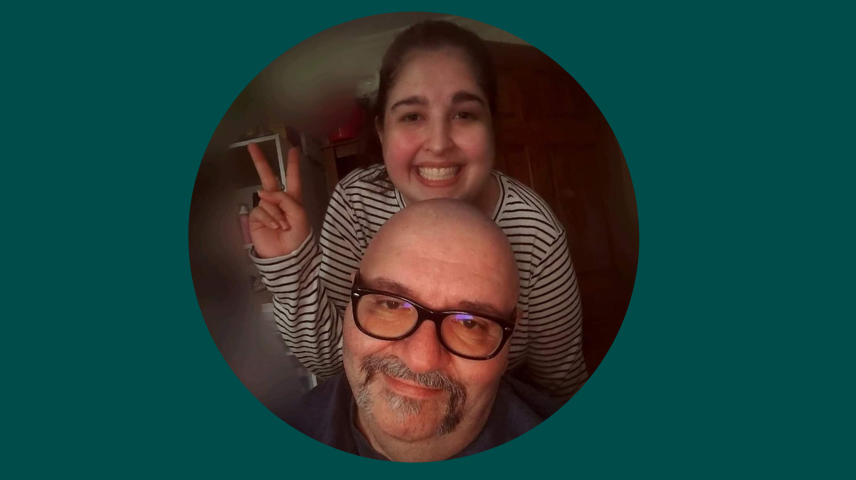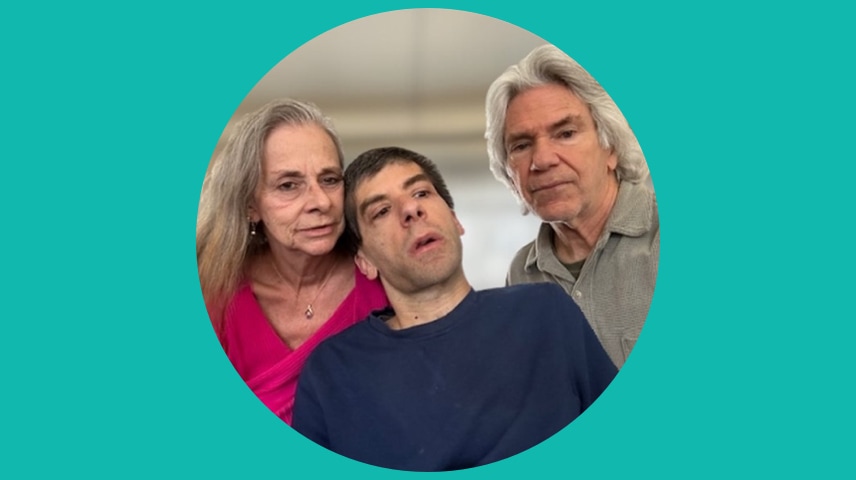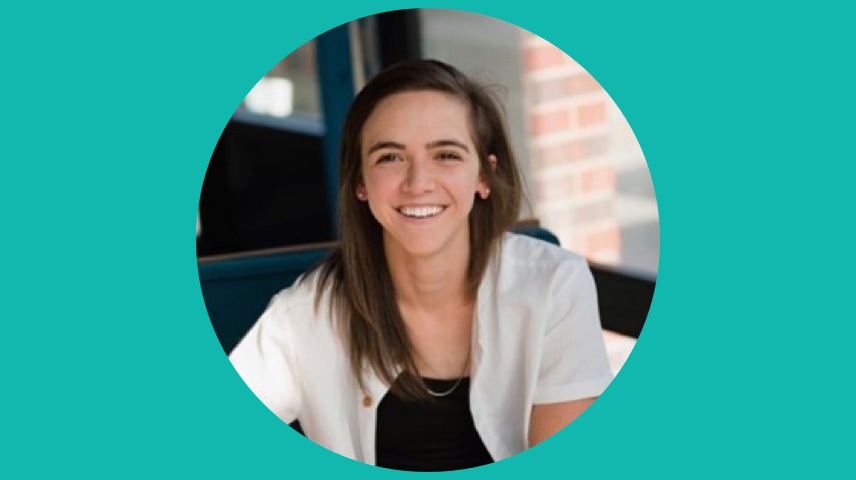Understanding Self-Directed Care: What It Is and How it Works
By PPL on August 31, 2020

How and why self-direction can be the right choice for you or your loved one
Self-directed care is a powerful choice that lets you or your loved one maintain control over your care. With self-direction, you have the freedom to live in your home and community, as opposed to institutionalized care or having an agency send possibly different personnel every week, and decide who delivers your care, such as friends or approved family members.
What is Self-Directed Care?
Self-directed care is a service model that empowers participants, usually eligible for Medicaid, such as yourself or your loved one with choice and control over the long-term services and supports you need to live at home.
Self-direction may also be called consumer direction, participant direction, or self-determination.
Self-direction typically means you or your representative hire someone you know and trust to provide you with the services and support you need to remain in your home and community. This process means that you (or your representative) are responsible for employing and paying the person who takes care of you, usually with Medicaid or state funds. We have more information on how to enroll in Self-Direction in our Enrollment Blog or you can contact us!

For example, you may want to hire your friend to come help you around the house and transport you to your doctor’s appointments. This way you get the personalized help you need, and your friend is compensated for their time!
In agency and institutionalized care, you usually don’t get to choose who supports you and there may be a different stranger coming to you each time, where you must reexplain what you need to a new person again. Self-Direction helps keep you at home and supports you in your community by offering these services!
“Self-direction promotes personal choice and control over the delivery of waiver and state plan services, including who provides the services and how services are provided. For example, participants are afforded the decision-making authority to recruit, hire, train and supervise the individuals who furnish their services.” (Self-Directed Services, Medicaid.gov)
How Does Self-Directed Care Work?
Federal and state regulations require that key programs and supports be in place to ensure that self-directed care works as mandated:
- Person-Centered Planning: you specify the support and services you need to be healthy and live a full life.
- Individualized Service Plan (ISP): your case manager may help you create an ISP that ensures you have the care, support, and services you need to live in your home and community. This plan specifies what you need from your care/support worker, how this fits within your individualized budget, and what you will do in the event your care/support worker is unavailable.
- Support Systems: the federal government requires your state to have systems of support in place that ensure successful delivery and management of your self-directed care. These support systems include assistance with developing your ISP, budget advice, resources/training that can help you experience self-direction success, and advice on using an FMS for payroll.
- Financial Management Services (FMS): an FMS provider helps you manage your support and services. This includes helping with employee enrollment and background checks, paying your care/support workers and service vendors on your behalf, budget management and timesheet approval.
Helping You Benefit from Self-Directed Care
Together with your case manager (counsellor, support broker, service/care coordinator), you determine how best to use your approved budget to ensure you get the care, support, and services you need.
A Financial Management Services (FMS) provider is appointed to help you manage your support and services, all within your approved Medicaid budget.
When thinking about self-direction and deciding if it is right for you or your loved one, it’s important to know that self-direction gives you control and freedom with:
- Support: help with daily living such as bathing, medical care, cooking, cleaning, etc.
- Services: funds to support personalized needs such as transportation, home modifications, physical therapy, community classes, skills training, etc.
(Note: every self-direction program has a list of approved care services. Please check your program guidelines to confirm the support and services available to you within self-direction.)
10 Benefits of Self-Directed Care
These 10 benefits of self-directed care underscore how self-directed makes it possible for you or your loved one to thrive and succeed:
- Live in your own home and community and have direct access to your local support systems.
- Flexible and personalized services and care that mesh with your needs, interests, and lifestyle. Self-direction gives you the flexibility to adjust your services as your needs change over time.
- Creativity and freedom to be involved in your community. Self-direction means you get what you need – for example, the opportunity to volunteer in your community, attend exercise classes at your local gym, skill development training, etc. There are no restrictions on what your self-directed program looks and feels like.
- Personalized care from a care/support worker that you know, trust, and can relate to. This can be a friend, family member, and someone who shares similar interests as you. You decide who is coming into your home to deliver your care.
- Control over your care. You do not need to rely on an agency to find, hire, and manage your care/support workers. You are the boss, which means your care/support workers answer to you.
- Improved access to care/support workers in rural areas. Because you can hire your friends or family members to deliver your care, you have immediate access to the care you need, regardless of where you live.
- Cost-effective and the best value for your money. You are in charge of your budget and how you spend it (with some restrictions). This means you can make sure you’re getting what you need and when you need it.
- Better value for your money translates to more support and care. With no agencies fees to pay, you have more money to allocate to your care.
- Improved quality of life for you and your family members. Self-direction gives you and your family members peace-of-mind over your care services and support. Studies show that people using self-direction have fewer hospital stays and lower rates of nursing home use.
- Wherever you live and whatever your needs – you have control over your care. Anyone can use self-direction – children, adults, veterans, and the elderly. People with physical or intellectual disabilities and people with mental health issues use self-directed care.
What is the Role of an FMS Provider in Self-Directed Care?
An FMS or Financial Management Services provider has a critical role in the success of self-directed care for you or your loved one. As Medicaid laws in most states can prohibit direct cash payments to individual self-directing program participants or their representatives, states or managed care organizations appoint an FMS provider company to assist.
The role of an FMS in self-directed care includes:
- Helping you prepare for your role as an employer of care/support workers.
- Assistance with completing federal and state required enrollment forms and completing background checks.
- Payment of your care/support workers’ payroll taxes on your behalf.
- Payment of your service vendors on your behalf.
- Assistance with budget management and approval of your care/support workers’ time sheets.
We are committed to our mission to transform more lives by making self-directed home care easier for all. The Public Partnerships team is always available and accessible to help you with any questions and concerns you have about self-direction. Contact us by chat or phone here!
How to Get Enrolled in Self-Directed Care
Getting enrolled in self-directed care requires you or your loved one to fill-in a number of enrollment forms. These forms ensure that all federal and state guidelines regarding how money is spent on your care are followed.
The enrollment process collects, reviews, and verifies all program required paperwork and information so you can hire and pay people to provide your care. Our Public Partnerships team can work with you to make enrollment simple and easy.
We offer you 3 ways to enroll in self-directed care. (Your state might not support each Public Partnerships enrollment option.)
- Online enrollment using the Internet. Use the BetterOnlineTM Web Portal on the Public Partnerships website.
- Paper-based enrollment. We send you and your care/support workers the required paperwork. We can meet with you in-person in some states to help you complete and review the enrollment forms.
- Phone-based enrollment. Like paper-based enrollment except our meeting with you is conducted over the phone.
To learn more about enrollment in self-direction, read Understanding Self-Directed Care Enrollment. And please do contact us with any questions you have about enrollment and self-direction.
We are here to help you with any questions you have about self-directed care.



